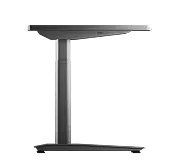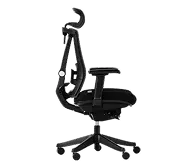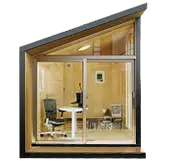- Newest
- Most viewed
Interested in a Link Placement?
.webp)
Anthros Chair Review: Worth The $2K Ergonomic Price?
Detailed Anthros chair review covering comfort, posture support, pros, cons, and comparisons to Herman Miller. Find out if it’s worth the high price.
Latest Updates | Sep 3, 2025 391 views

What Is BIFL Furniture? Buy It For Life Office Picks
Latest Updates | Aug 28, 2025 991 views
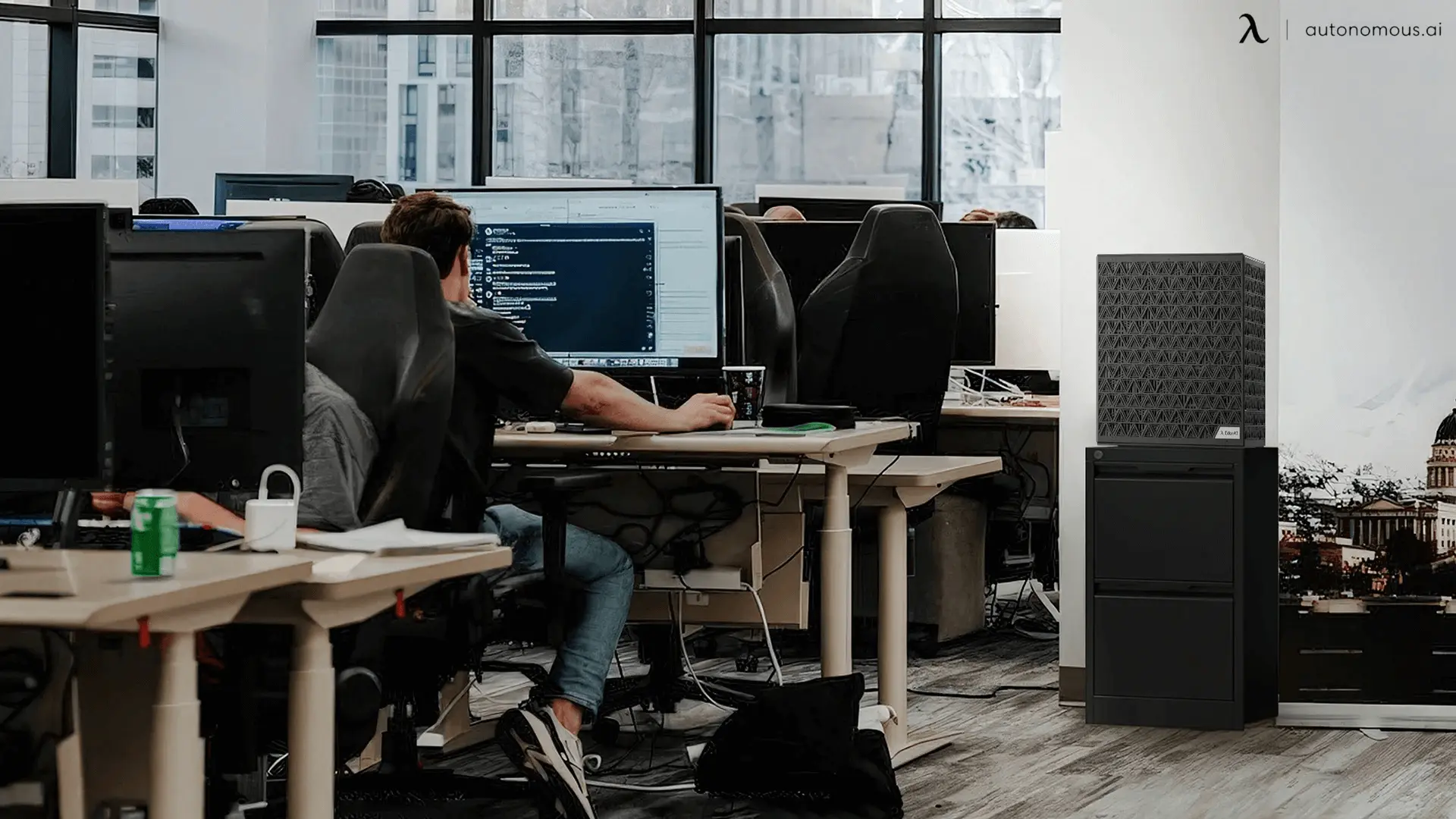
Why On-Premise AI is the Future, Powered by EdgeAI and Ollama
Latest Updates | Aug 25, 2025 378 views
.webp)
How To Choose The Best Leather High-Back Office Chair?
Smart Products | Aug 20, 2025 965 views

8 Therapist Office Chairs That Set The Tone For Connection
Smart Products | Aug 20, 2025 750 views
.webp)
10 Best Office Chair Alternatives For Comfort & Posture
Smart Products | Aug 19, 2025 742 views

Sewing Chair Reviews: Top 6 Chairs For Your Upgrade
Smart Products | Aug 18, 2025 891 views
.webp)
Endel App Review: Worth $60? My 3-Month Experience
Latest Updates | Aug 15, 2025 1,251 views

Cloaked App Review: Can It Really Keep You Private?
Latest Updates | Aug 12, 2025 1,303 views

AI Cleaner App Review 2025: 3-Month Real User Experience
Latest Updates | Aug 12, 2025 1,013 views
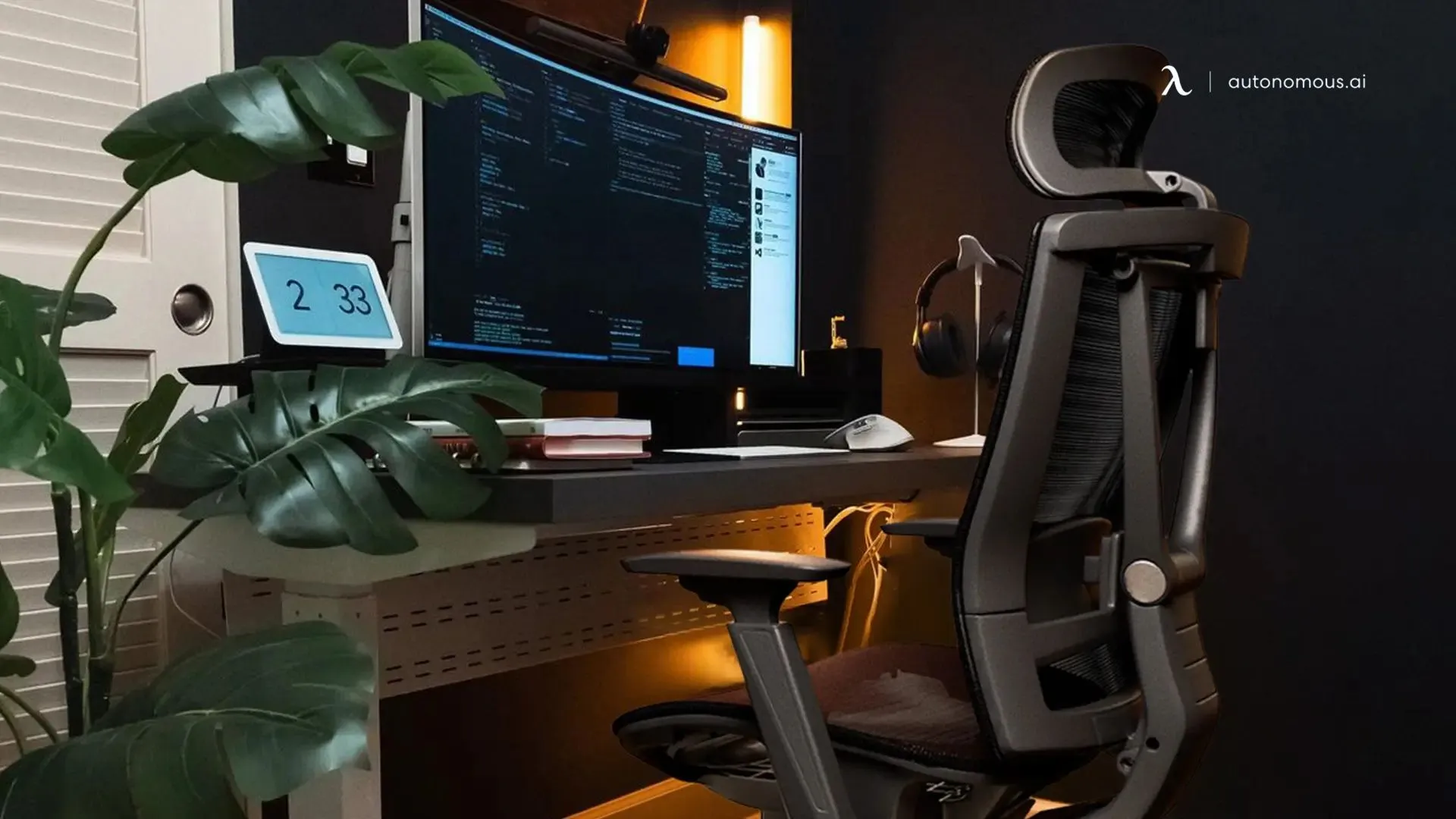
Best Picks For Office Chair Labor Day Sales 2025
Latest Updates | Aug 10, 2025 665 views
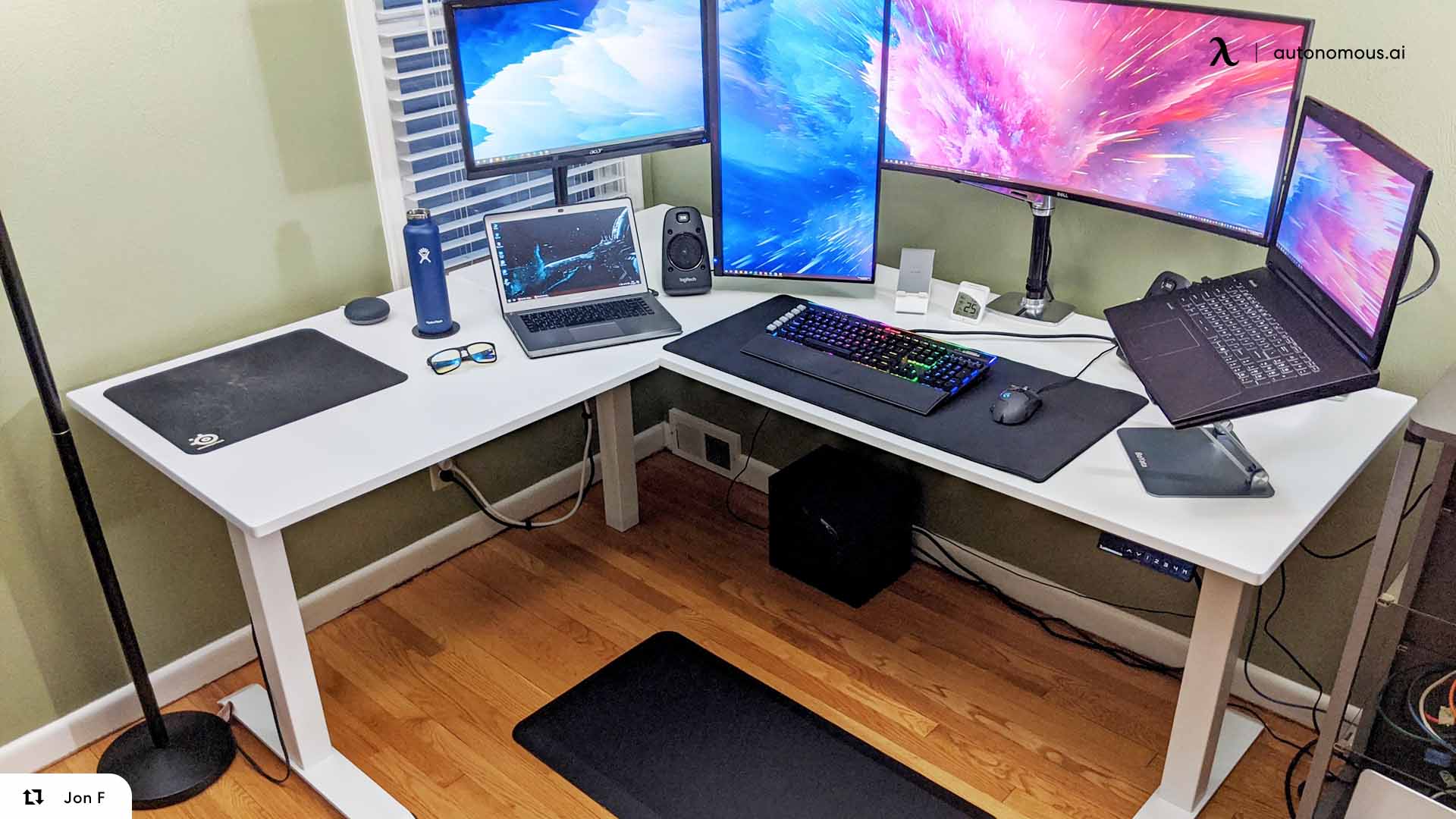
Best Labor Day Gaming Laptop Deals 2025 You Can’t Miss
Latest Updates | Aug 10, 2025 896 views

.svg)
